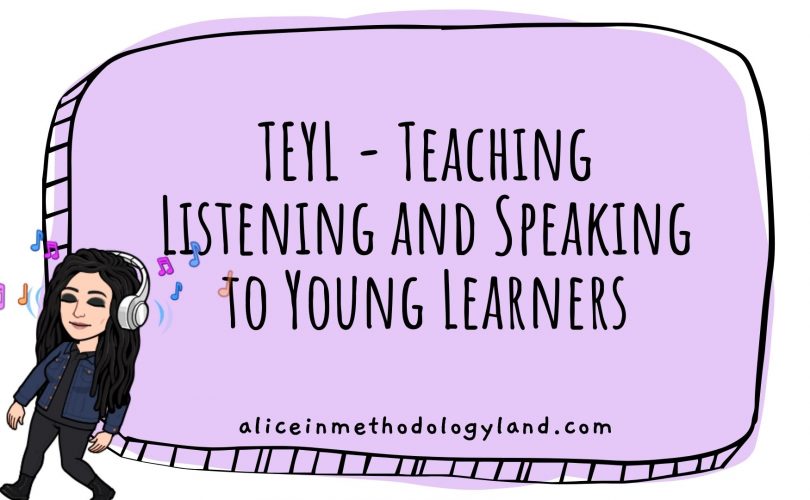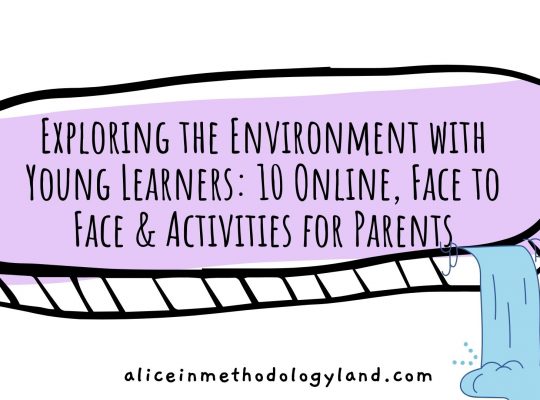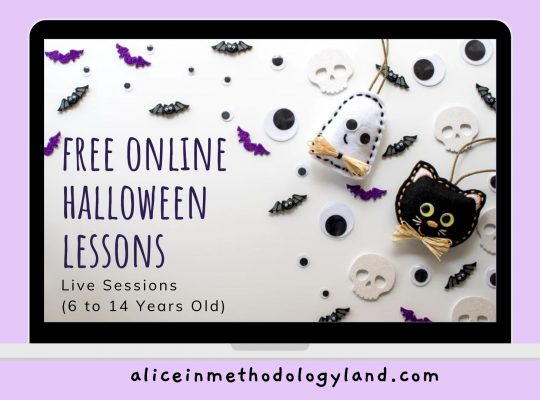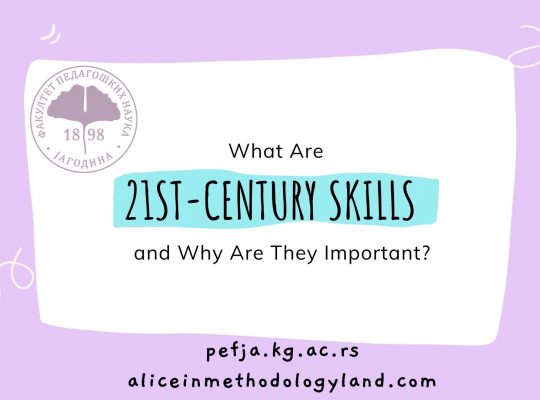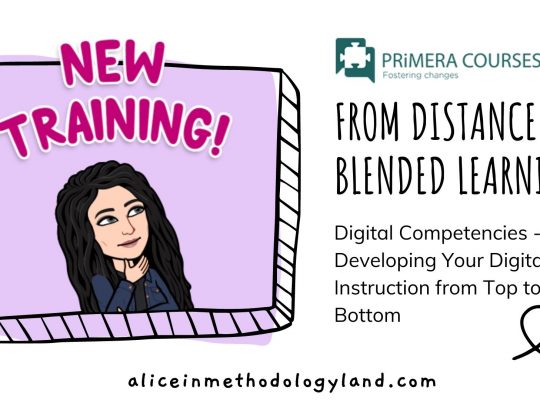Hello, my dear colleagues! Developing listening skills is the first step in the second language acquisition process. The learners need to listen to meaningful and comprehensible language during their silent period of language acquisition. Speaking, as a productive skill, comes after the development of basic listening skills. This article will discuss the fundamentals of speaking and listening in TEYL.
7 principles of designing listening activities for young learners
According to Shin and Crandal (2014), when designing listening activities for young learners, it is important to remember the following seven principles:
- Prepare teacher talk carefully.
- Use listening activities that reflect real-life learning.
- Focus on listening activities that are developmentally appropriate.
- Use a variety of techniques to make listening input comprehensible.
- Check comprehension using a variety of response types.
- Keep listening active – always give learners a listening task.
- Equip your students with intelligent guesswork strategies.
Some effective listening activities
The most effective listening activities activate prior knowledge with pictures or realia, review the known vocabulary and pre-teach unknown vocabulary. It is also important to prepare students for listening by contextualizing the listening practice, giving them listening tasks to create active learning, to use TPR activities, songs and dramatizations.
Here are some examples of motivating listening activities.
- Listen and do, listen and show, listen and point, listen and make
- Using flashcards for pre-teaching new vocabulary
- Silent dramatization during the listening activities
We already mentioned some TPR activities in the form of listen + action, which can be used for listening comprehension. The total physical response approach is very useful when it comes to remembering new vocabulary since the students use their bodies to remember, and this creates an active learning environment. Learning-by-doing is the most effective activity to check comprehension, but there are many ways to check if the learners understood the language. Lund (1990, p.259) provided a comprehensive list of ways to check students’ comprehension.
Activities to promote listening comprehension
These activities include:
- Listening and doing,
- Choosing and matching pictures or objects,
- Transferring the information to another form (drawing),
- Answering questions,
- Problem-solving,
- Role-plays after listening, etc.
Using songs, rhymes, and chants to teach speaking with TPR activities is a very motivating way of introducing a new topic or revising the content from a previous unit. Children enjoy singing, and the melody helps them remember faster, easier, and permanently.
There are several steps for teaching songs, according to Shin and Crandall (2014).
Steps for teaching a song
These steps include:
- Introducing the topic of the song,
- Reviewing the vocabulary students already know,
- Pre-teaching the new vocabulary,
- Listening to the song with added TPR activities, and last but not least, teaching the verses one by one, always singing the refrain after each one. Another important step is to point out words that rhyme at the end of each line and practice repeating them when teaching each verse.
Teaching new vocabulary and reviewing the old vocabulary should be done before any activity, regardless of which language skill is being practiced. The vocabulary can be taught by using realia, pictures, flashcards, gestures, dramatization, drawing, giving synonyms and antonyms, using the word in a sentence, etc. Translating and defining the new vocabulary should be avoided unless the words are far above the learner’s language level.
From listening to speaking in TEYL
When it comes to speaking and language production in general, mistakes cannot be avoided. Because of that, teachers should differentiate controlled, guided, and free speaking activities. In the controlled activities focus is on the language accuracy, and the errors in speaking should be positively corrected by repetition in a meaningful context, not by repeating the vocabulary or grammar structure out of context. When it comes to guided activities, errors could be corrected, but that depends on the goal of the guided activity and what the teacher wants to achieve. In the free speaking activities, the goal is on developing communication skills, group work, and social skills, so the errors should not be corrected, and the teacher should only monitor the students.
Examples of effective independent speaking activities are performing a role-play or a dialog, performing real-life tasks, interviewing a native speaker or someone from another country in English, etc. These activities have many common aspects – they are highly motivating, they have a meaningful context, and the learners can become more independent while engaged in these kinds of activities.
When it comes to teaching listening and speaking, teachers must use a wide range of interesting activities to establish active learning and proper language acquisition. Since listening is an active skill, and speaking is an interactive skill, these skills need to be developed by scaffolding, and they need to be integrated into a lesson plan. Speaking activities should go from controlled to independent practice, and the learners should be able to apply their foreign language knowledge in an authentic situation.
To conclude
What do you think about these TEYL methods, and how do you approach teaching listening and speaking to young learners in your classroom? Write in the comments or via the contact page!
Resources:
Savic, V. (2018).Teaching Listening and Speaking, PPT
Savic, V. (2014). Total Physical Response (TPR) Activities in Teaching English to Young Learners. In Ignjatovic, A., and Markovic, Z. (eds.), Physical Education and Contemporary Society, pp. 447-454. Jagodina: Faculty of Education.
Shin, J. K. & Crandall, J. (2014). Teaching Young Learners English: From Theory to Practice. Boston: Heinle ELT, Cengage Learning.
Schindler, A. (2006). Channeling children’s energy through vocabulary exercises. English Teaching Forum, 44(2), 8-12. https://files.eric.ed.gov/fulltext/EJ1107891.pdf

Click here to explore my store where 99% of materials are forever free!
All the materials except lesson plans and 30+ page interactive activity books will be free FOREVER! Why? Because sharing is caring, and 2020 hasn’t been kind to all of us. Please consider donating so I can keep making FREE materials for everyone and keep my website open for all of you.
Don’t forget to leave a review when you download materials! It’s just a minute of your time and it means a lot to me.
P.S. The store and the freebie library are not the same thing – the freebie library has some extra materials like conference presentations and webinar recordings which are not available in the store
The subscription link for the store is below my bio in every post.

